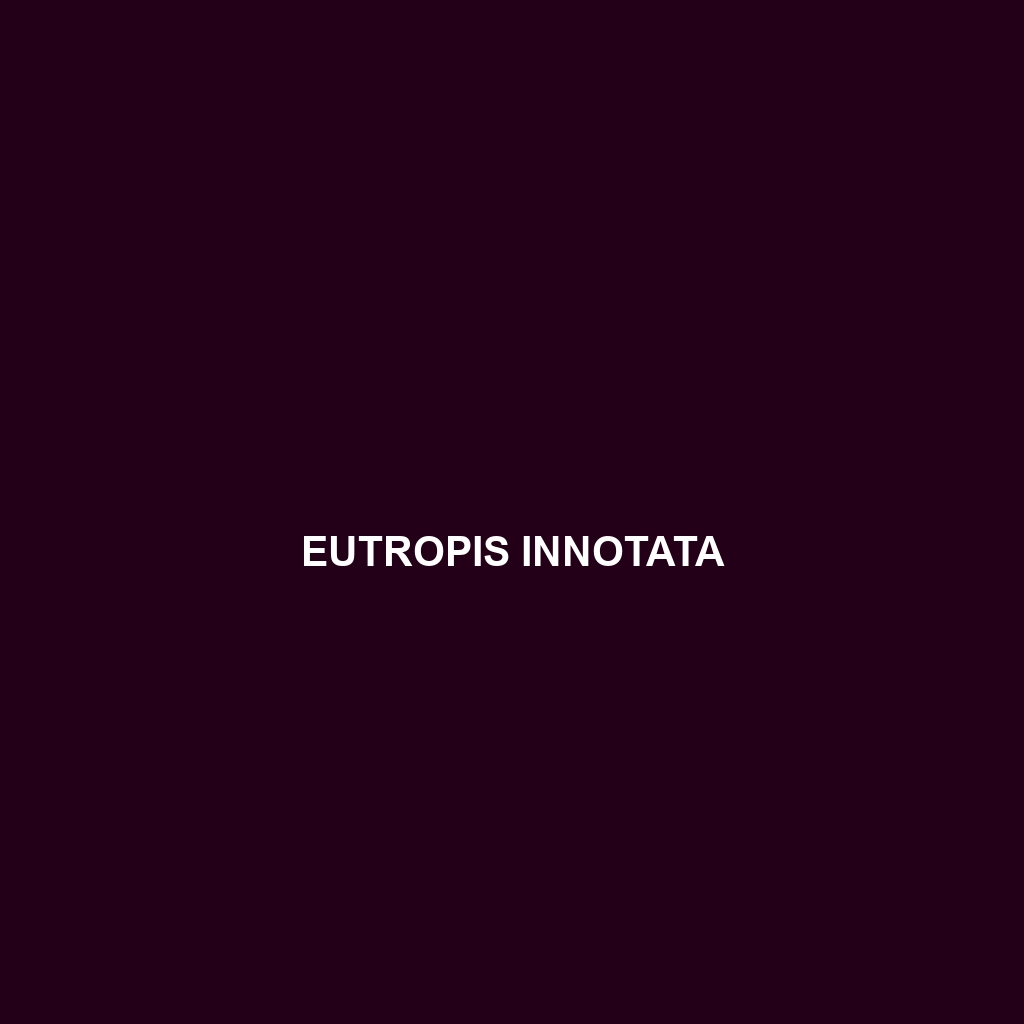Common Name
Eutropis innotata
Scientific Name
Eutropis innotata
Habitat
Eutropis innotata, commonly referred to as the Indochinese skink, primarily inhabits tropical and subtropical environments. This species is predominantly found in regions encompassing Southeast Asia, including countries such as Thailand, Laos, Vietnam, and Cambodia. Environments where Eutropis innotata thrives are diverse, including lush rainforests, dry savannas, and occasionally, temperate forests. Ideal conditions for this skink include humidity and access to sunlight, as they often bask in warm areas to regulate their body temperature. The frequent presence of leaf litter and underbrush provides them ample coverage, offering protection from predators while aiding in foraging.
Physical Characteristics
The Eutropis innotata exhibits a streamlined body shape, allowing it to navigate through dense vegetation with ease. Adults typically reach a length of about 15 to 25 cm (5.9 to 9.8 in), with a distinctive slender physique. Their coloration is primarily a vibrant olive-green to brown, featuring darker stripes that run along the length of their bodies, which serve as camouflage against the forest floor. One of the unique physical features of the Indochinese skink is its smooth, shiny scales which reflect light, making them appear iridescent in sunlight. The species also possesses elongated limbs and a particularly long tail that aids in balance and swift escape from potential threats.
Behavior
Diet
Eutropis innotata is considered an omnivore, showcasing a diverse diet that includes a variety of insects, small invertebrates, and plant material such as fruits and leaves. The skink’s foraging behavior involves active hunting for prey, primarily in leaf litter and amongst the underbrush where they can lie in wait. Their dietary flexibility allows them to thrive in various environmental conditions, although they predominantly prefer areas abundant in insect life. This adaptability not only supports their survival but also plays a role in controlling insect populations within their habitat.
Reproduction
The reproductive cycle of Eutropis innotata is characterized by seasonal behavior, with mating typically occurring during the warmer months of the year. The gestation period for this skink is relatively short, lasting approximately 60 to 75 days. Females usually lay between 4 to 10 eggs per clutch in concealed nests located in soil or leaf litter to avoid predation. Parental care is minimal; once the eggs hatch, juvenile skinks must fend for themselves as they are fully independent. Newly hatched skinks are about 4 to 6 cm long and display a similar appearance to adult skinks, which allows them to integrate effectively into their surroundings from an early age.
Conservation Status
Currently, Eutropis innotata is classified as Least Concern according to the IUCN Red List. However, the species faces potential threats due to habitat loss driven by deforestation and urbanization. Conservation efforts are underway in many Southeast Asian countries to protect their natural habitats, although challenges remain in terms of enforcement and public awareness. Monitoring populations in existing reserves and creating new protected areas is crucial to ensure the long-term survival of this species.
Interesting Facts
One captivating fact about Eutropis innotata is its ability to regenerate its tail following injury, a characteristic common among many lizard species. This adaptation not only aids in defense but also ensures the skink can continue to thrive despite encounters with predators. Additionally, the skink’s iridescent scales serve as a fascinating evolutionary trait, likely evolved to enhance camouflage and reflectivity in dappled sunlight, thus providing enhanced protection against predators.
Role in Ecosystem
Eutropis innotata plays an important ecological role as both a predator and prey within its habitat. As an insectivore, it helps regulate insect populations, which contributes to the overall health of the ecosystem. Moreover, it serves as a food source for larger predators, thus maintaining the balance within the food web. The skink’s activities also aid in soil aeration and seed dispersal, further assisting plant growth and biodiversity in their environment. Recognizing the interconnectedness of species like Eutropis innotata is essential for ecological conservation and understanding the dynamics of tropical and subtropical ecosystems.
